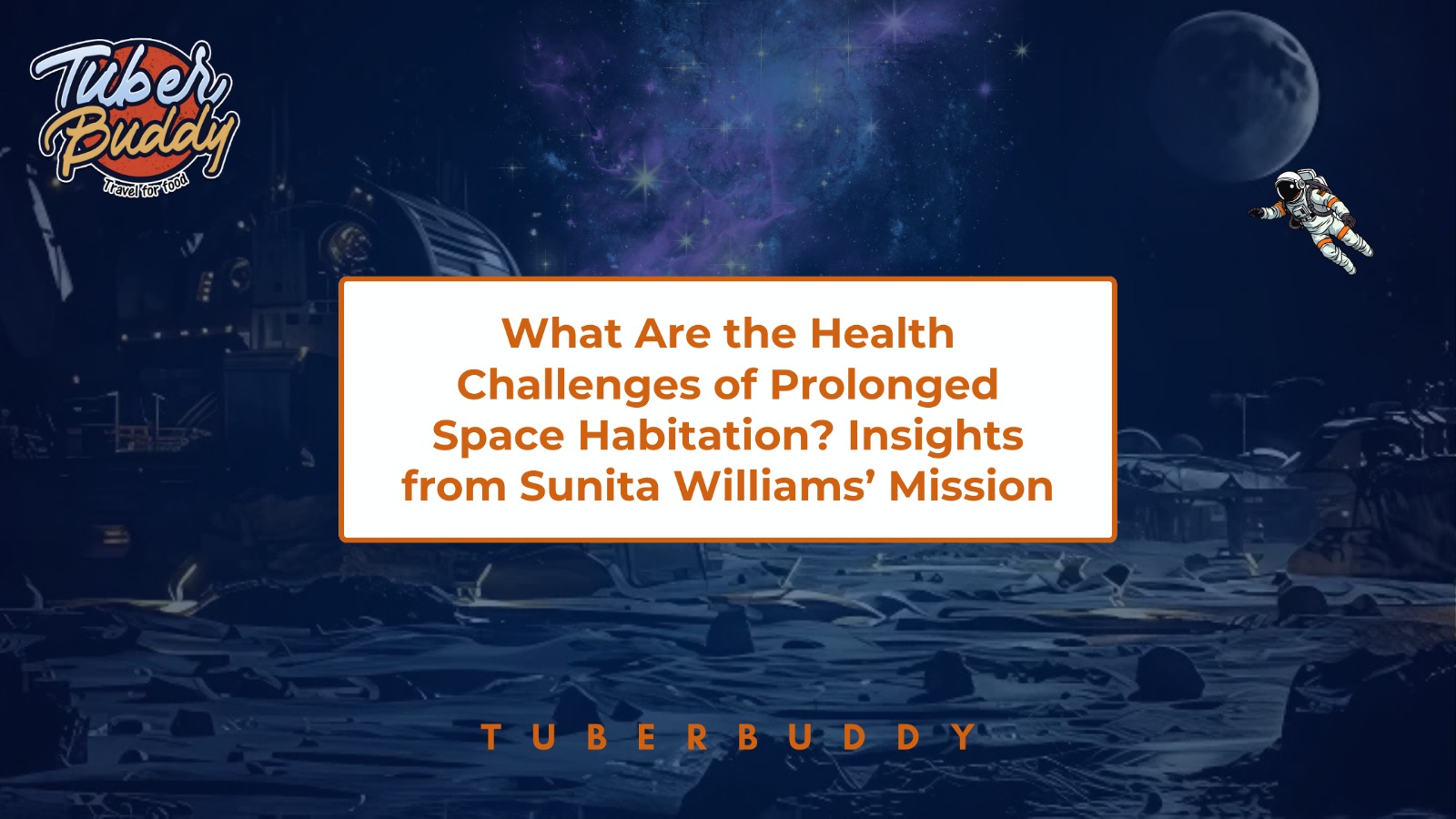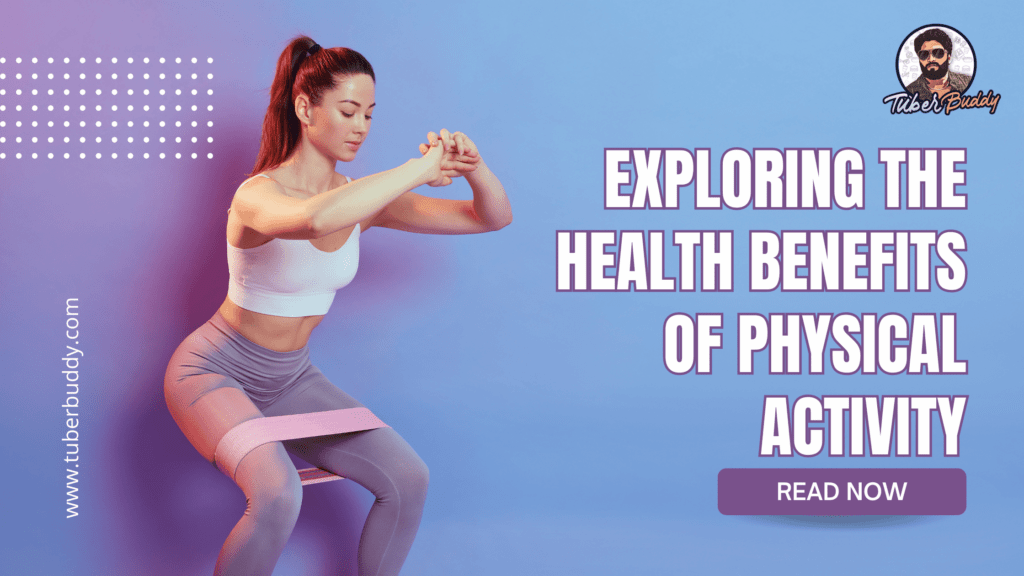What Are the Health Challenges of Prolonged Space Habitation? Insights from Sunita Williams’ Mission

Introduction
Space exploration has been a dream for many, but it comes with its own set of challenges, especially regarding health. Astronauts like Sunita Williams, who spent a total of 322 days in space across two missions, have contributed significantly to our understanding of these challenges. Prolonged space habitation requires adaptation to an environment vastly different from Earth, and the effects of weightlessness, radiation exposure, and isolation have profound implications for physical and mental health. This blog delves into the main health challenges faced during extended space missions, drawing insights from Sunita Williams’ experiences.1. The Impact of Microgravity on Muscle and Bone Health
One of the most significant health challenges in space is the effect of microgravity on muscles and bones. In the absence of gravity, the muscles that support our body on Earth are less active, leading to muscle atrophy and loss of strength. Astronauts, including Williams, must exercise daily to counteract this muscle weakening. Despite these efforts, extended time in space still results in muscle loss.Similarly, bones weaken in microgravity as the body reabsorbs calcium from bones, leading to bone density loss. Studies show that astronauts can lose up to 1-2% of bone mass per month in space. This loss poses a risk for fractures and osteoporosis-like symptoms, which could become problematic during and after the mission. Williams and her fellow crew members followed rigorous exercise routines with resistance equipment to maintain their bone and muscle health, though it remains a challenging aspect of prolonged space travel.
2. Cardiovascular Health Risks
The heart, like other muscles, doesn’t need to work as hard in a weightless environment, leading to potential cardiovascular deconditioning. Prolonged space habitation can result in reduced blood volume, leading to orthostatic intolerance—a condition where astronauts experience dizziness or even faint when they return to Earth’s gravity. This phenomenon is due to the redistribution of fluids in the body, as blood and other fluids shift upwards, resulting in the “puffy face” appearance astronauts often have in space.Sunita Williams, like other astronauts, faced this fluid shift, and research indicates it can have long-term effects on cardiovascular health. To combat this, exercise is essential, but it cannot fully counteract the changes to the heart and blood vessels caused by microgravity. Studies on Williams and other long-duration astronauts have contributed valuable data on how the heart adapts and what countermeasures are most effective.
3. Exposure to Cosmic Radiation
Space radiation is one of the most serious hazards for astronauts on extended missions, particularly for those traveling beyond the Earth’s magnetosphere. Unlike Earth, where our atmosphere provides a shield from cosmic and solar radiation, space exposes astronauts to high levels of cosmic rays, which can increase cancer risk, cause damage to DNA, and potentially accelerate aging.Sunita Williams spent a considerable amount of time on the International Space Station (ISS), where the Earth’s magnetic field offers some protection, though not entirely. For future missions to Mars or deeper space, the radiation risk becomes even more concerning. Research from Williams’ missions and those of other astronauts has provided critical data for understanding radiation’s effects and finding ways to protect crew members during longer, more distant space journeys.
4. Vision Changes and Intracranial Pressure
One surprising health issue astronauts face is vision changes, often due to increased intracranial pressure caused by the upward fluid shift in microgravity. Astronauts, including Williams, have reported changes in vision after extended time in space, sometimes experiencing blurry vision or altered eye shape. This phenomenon, known as Spaceflight-Associated Neuro-Ocular Syndrome (SANS), is caused by pressure on the optic nerve, which can lead to structural changes in the eye.NASA has conducted extensive studies to understand SANS, but the exact cause and solution remain elusive. Astronauts on long-duration missions are monitored closely for eye health, and countermeasures are being developed to manage this condition. Williams’ experiences have contributed to our understanding of SANS and the need for effective countermeasures for longer missions.
5. Mental Health and Isolation
The psychological effects of prolonged space habitation are significant. Being confined to a small space with limited social interaction and without the familiar comforts of Earth can be mentally challenging. Astronauts like Sunita Williams undergo extensive psychological preparation and training to cope with the isolation, confinement, and lack of privacy.On the ISS, astronauts have some communication with their families and access to digital entertainment, which helps mitigate feelings of loneliness. However, during missions to more distant locations, such as Mars, communication delays can be up to 20 minutes each way, making real-time conversations impossible. This isolation can exacerbate mental health challenges, highlighting the need for strong psychological support systems for astronauts.
6. Disrupted Sleep Cycles and Fatigue
In space, the 24-hour day-night cycle is replaced by a series of 90-minute orbital periods, during which astronauts experience 16 sunrises and sunsets each day. This unusual pattern can disrupt sleep cycles, leading to sleep disorders and fatigue. Sunita Williams and her fellow astronauts had to follow strict sleep schedules and sometimes use sleep aids to maintain a regular rest routine.Lack of adequate sleep impacts cognitive function, decision-making abilities, and overall health. Research shows that disrupted sleep cycles can have cumulative effects on mental and physical health, making it crucial for space agencies to find effective ways to help astronauts adjust their sleep patterns in space.
Advancements and Future Research for Prolonged Space Missions
Thanks to the contributions of astronauts like Sunita Williams, scientists have a better understanding of the health risks associated with long-duration space missions. This research is crucial for preparing for upcoming missions, especially those beyond low Earth orbit. Key areas of focus include developing better radiation shielding, improving exercise equipment to reduce muscle and bone loss, and exploring new solutions for sleep regulation and mental health support.Additionally, researchers are examining ways to manage fluid shifts and intracranial pressure to prevent vision problems and cardiovascular issues. Innovations in artificial gravity, improved shielding materials, and more effective exercise protocols are on the horizon, paving the way for safer, healthier space travel.
Conclusion
Prolonged space habitation presents numerous health challenges, many of which are still not fully understood. However, the experiences of astronauts like Sunita Williams provide valuable insights into how the human body and mind adapt to space and what measures are needed to protect them. As humanity sets its sights on Mars and beyond, addressing these health risks is essential to ensure that future astronauts can thrive during extended missions. Through continued research and innovation, the dream of deep space exploration is becoming more achievable and sustainable.
Top 10 Restaurants in Chennai | Best Food Spots You Must Try Chennai, a bustling metropolis in Tamil Nadu, is a melting pot of cultures and cuisines. From traditional South Indian fare to international delicacies, the city boasts a plethora of dining options. Here’s a list of the top Top 10 Restaurants in Chennai that […]
Famous Food in Tamil Nadu | Traditional Dishes You Must Try Tamil Nadu, a state in southern India, is known for its rich culinary heritage and diverse flavors. From spicy curries to aromatic rice dishes and mouth-watering snacks, Tamil Nadu’s cuisine is a feast for the senses. Here are some of the top and Easy […]
A Complete Travel Guide to Chennai: Embracing South India’s Vibrant Metropolis Chennai, the capital city of Tamil Nadu, is a vibrant metropolis that seamlessly blends tradition with modernity. From its rich cultural heritage to its bustling streets and serene beaches, Chennai offers a myriad of experiences for travelers. Whether you’re a history buff, a food […]
Best Shopping Malls in Chennai 2025 | Top Malls for Shopping in chennai Chennai boasts several modern shopping malls that cater to the diverse tastes and preferences of shoppers. From high-end fashion stores and lifestyle brands to multiplexes and food courts, these malls provide a complete retail and entertainment experience. Whether you’re a fashion enthusiast, […]
Work Life Balance Tips | Smart Ways to Manage Work and Personal Life In today’s hectic world, balancing work and family obligations can feel like a never-ending tightrope walk. Our time is limited by the demands of our jobs, our families, our social lives, and our personal interests, which leaves us feeling spent and exhausted. […]
Top 10 Health Benefits of Physical Activity | Importance of Physical Fitness Regular exercise is not just about losing weight or building muscle—it’s about investing in your overall health and well-being. From reducing the risk of chronic diseases to boosting mood and enhancing quality of life, exercise offers a multitude of Health Benefits of Physical […]







